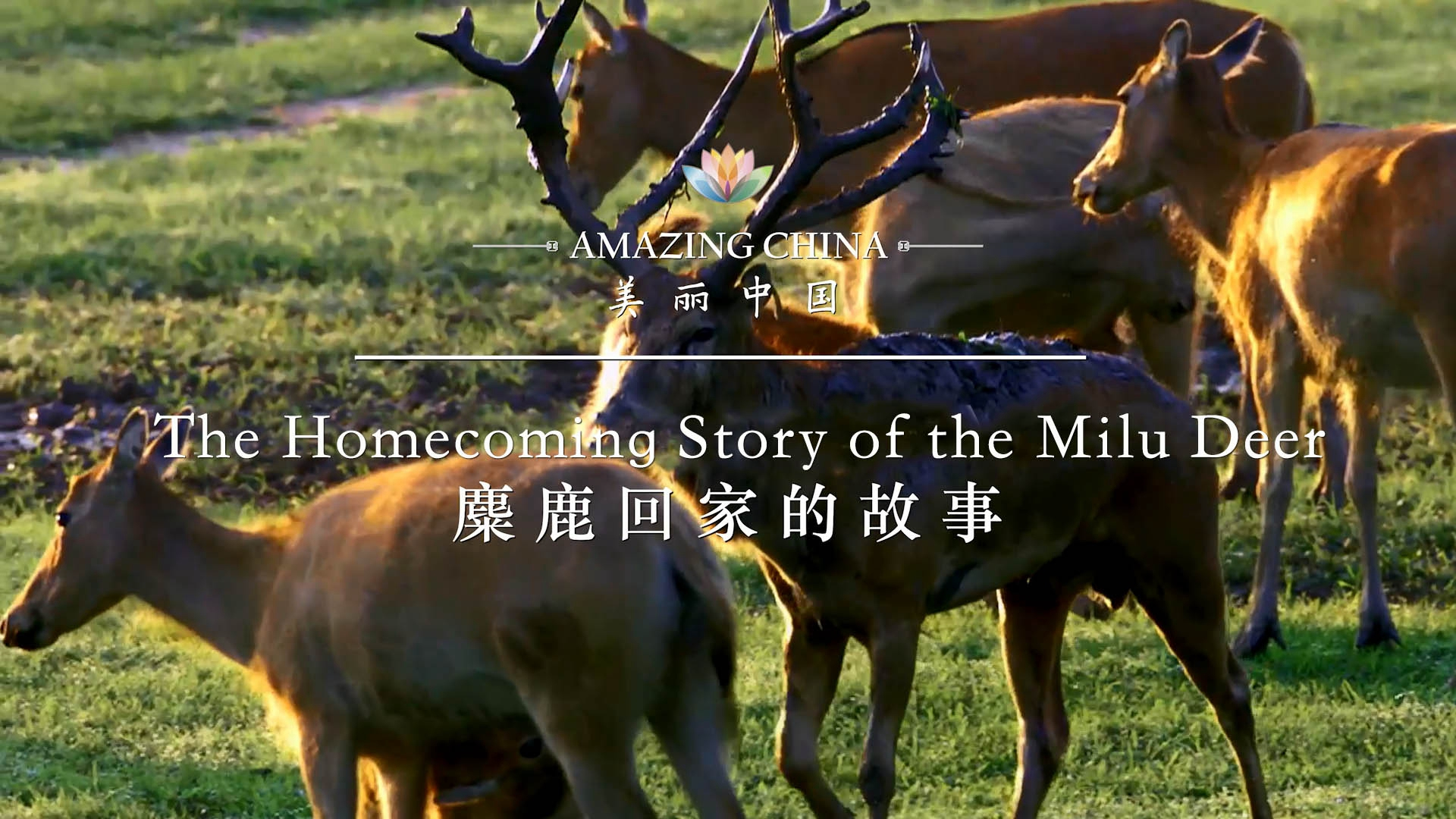03:05

On the coastal wetland in east China's Jiangsu Province live a strange-looking deer. With a horse's head, deer's antlers, cow's hooves and a donkey's tail, the milu deer, or Père David's deer, is native to China. But for nearly a century, these hoofed animals were nowhere to be found in their native home.
The milu deer had disappeared for nearly 100 years before making a comeback in the 1980s. Their reintroduction to China is one of the most successful cross-continental animal protection efforts.
They were once commonly seen in eastern China. Most of the Milu deer were raised in the emperor's hunting grounds outside Beijing during imperial days. But by the 19th century, their numbers had dropped drastically. The Europeans who came to China at the time believed the species to be very rare, therefore many were taken back to Europe.
Later when the emperor's hunting grounds were destroyed by heavy flooding and constant conflicts, the milu deer were lost, never to be seen in the area again.
The Chinese government hoped the species could be restored, and its endeavors were supported by the descendants of the 11th Duke of Bedford, who had given shelter to 18 milu deer. The herd and their offspring became the ancestors of all milu deer today.
The collaboration between China and the UK has resulted in their successful homecoming. In 1986, 39 Milu deer were flown to their ancestral home in Dafeng County in Jiangsu Province.
Protection efforts that spanned more than two decades helped the species breed in China, and their numbers swelled to over 7,000.
The genes of the milu deer are preserved in the gene bank and there is no longer fear for their extinction.
(Cover edited by CGTN's Li Yueyun)
(If you want to contribute and have specific expertise, please contact us at nature@cgtn.com.)